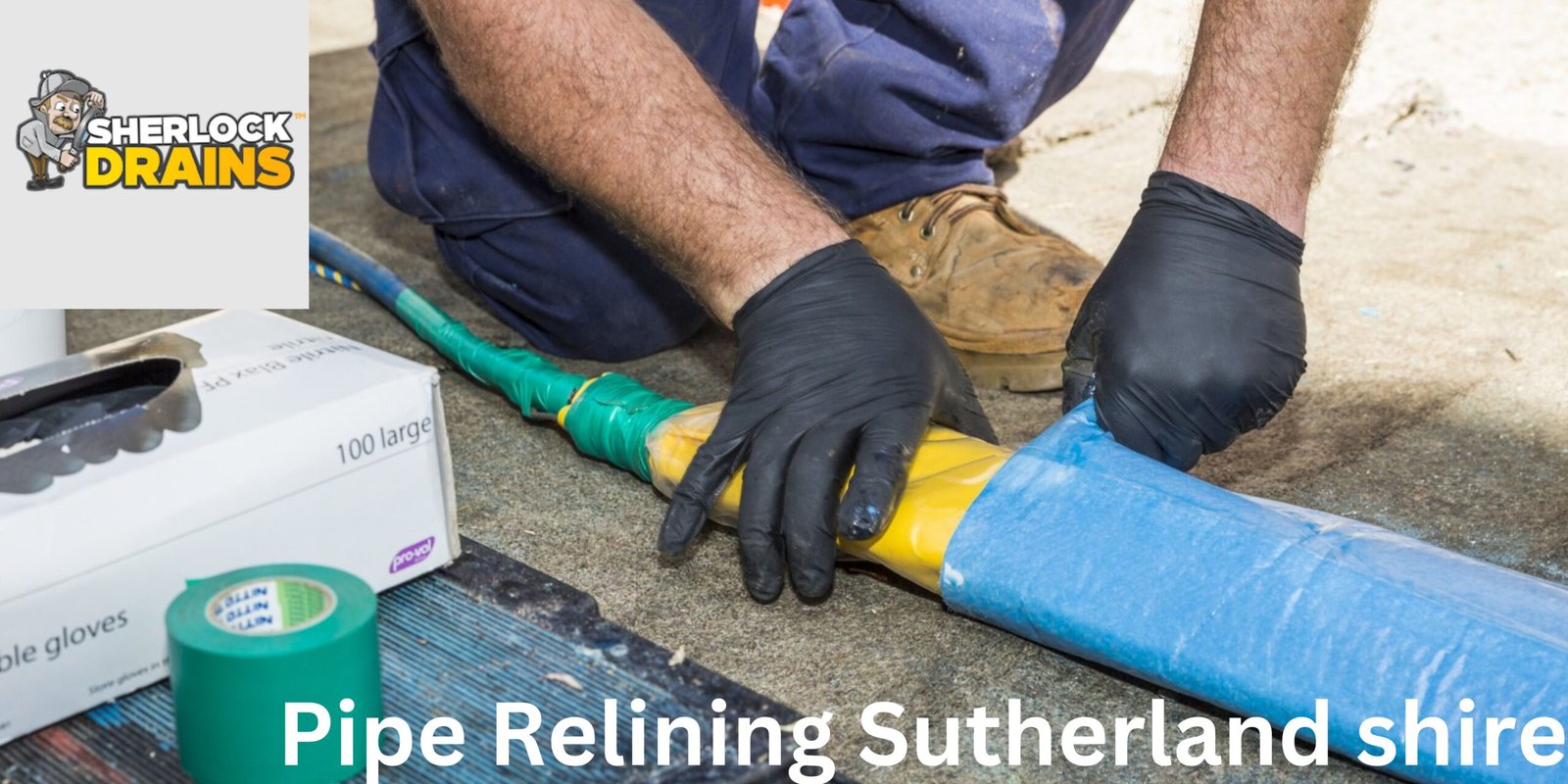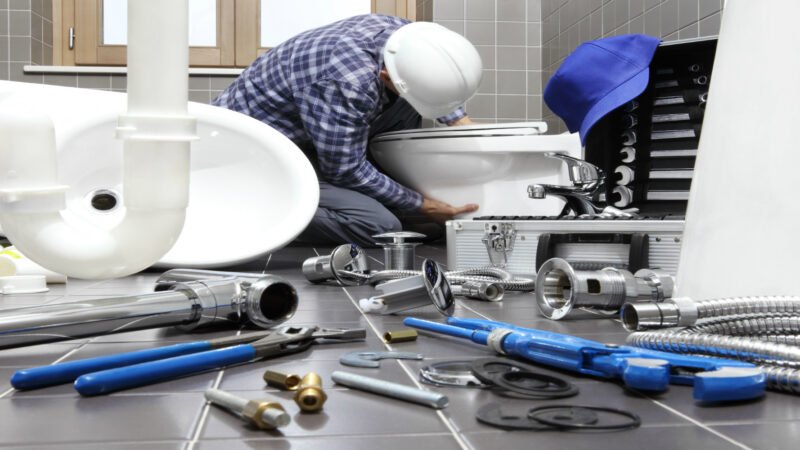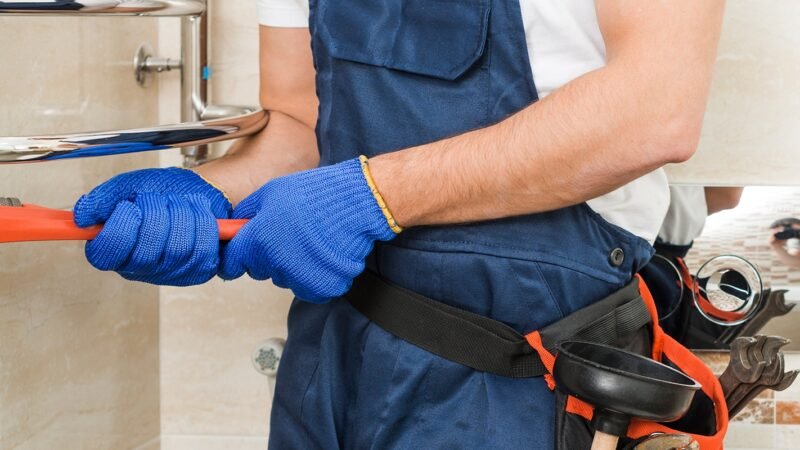Asbestos inspection in Melbourne is crucial to keep everyone in your safe from numerous diseases.…
Pipe Relining 101: How It Works and Why It’s a Game-Changer
Maintaining healthy and functional pipes is crucial for the smooth functioning of any property. However, over time, pipes can become damaged due to various factors such as age, tree root intrusion, ground movement, or corrosion.
Traditional pipe repair methods, such as excavation and replacement, can be time-consuming, costly, and disruptive. Thankfully, there is a game-changing solution – pipe relining.
In this blog post, we will delve into the world of pipe relining sydney, exploring how it works and why it has revolutionised the plumbing industry.
Understanding the Problem
When pipes become damaged, it can lead to a myriad of issues. Leaks can cause water damage to the property, resulting in mould growth and structural damage. Blockages can disrupt the flow of wastewater, causing unpleasant odours and potential health hazards.
Traditional pipe repair methods often involve excavating the affected area to access the damaged pipe, which can be messy, time-consuming, and expensive.
Not to mention, excavation can also cause disruption to landscapes, driveways, or other structures. Therefore, an alternative solution was needed – and that’s where pipe relining comes in.
What is Pipe Relining?
Pipe relining is a trenchless pipe repair method that involves creating a new pipe within the existing damaged pipe. This innovative technique eliminates the need for excavation and replacement, saving time, money, and inconvenience.
In pipe relining, a liner made of durable materials such as epoxy resin or fibreglass is inserted into the damaged pipe. This liner is then inflated, creating a tight fit against the interior walls of the existing pipe.
Over time, the resin hardens, forming a new pipe within the old one. The result is a seamless, structurally sound pipe that can last for decades.
How Does Pipe Relining Work?
The pipe relining process typically involves the following steps:
1. Inspection and Cleaning of Pipes:
Before pipe relining can begin, a thorough inspection of the pipes is conducted using CCTV cameras. This allows plumbers to identify the extent of the damage and determine if pipe relining northern beaches is a suitable solution. Once the inspection is complete, the pipes are cleaned using high-pressure water jetting or mechanical cleaning tools. This removes any debris, sediment, or tree roots that may obstruct the relining process.
2. Insertion of Liner Coated with Resin:
After the pipes are cleaned, a liner coated with epoxy resin is inserted into the damaged pipe. The liner is carefully positioned using specialised equipment to ensure it covers the entire affected area. The resin-coated liner is flexible, allowing it to navigate through bends and curves in the pipe.
3. Inflation to Create a Tight Fit:
Once the liner is in place, it is inflated using air or water pressure. The inflation process allows the liner to mould against the interior walls of the existing pipe, creating a tight fit. This ensures that the new pipe will be seamless and structurally sound.
4. Curing Time for Resin to Harden:
After the liner is inflated, the epoxy resin is left to cure. The curing time varies depending on the type of resin used and environmental conditions. Once cured, the resin hardens, forming a new pipe within the old one. The new pipe is resistant to corrosion, leaks, and blockages, providing a long-lasting solution for damaged pipes.
Advantages of Pipe Relining:
Pipe relining offers numerous benefits compared to traditional pipe repair methods:
1. Cost-Effective:
Pipe relining is generally more cost-effective than excavation and replacement. The process requires less labour, equipment, and materials, resulting in significant cost savings. Additionally, pipe relining eliminates the need for repairing damaged landscapes, driveways, or other structures, further reducing expenses.
2. Minimally Invasive:
One of the most significant advantages of pipe relining is its minimally invasive nature. Unlike excavation, which involves digging trenches to access the damaged pipe, pipe relining can be performed with minimal disruption to the property. This means that landscapes, gardens, or hardscapes remain intact, minimising inconvenience and saving time.
3. Long-Lasting Solution:
Pipe relining creates a new pipe within the existing damaged pipe, effectively extending its lifespan. The epoxy resin or fibreglass used in the relining process is highly durable and resistant to corrosion, cracks, and leaks. This means that once the relining is complete, the pipes can function optimally for many years to come, providing peace of mind to property owners.
4. Environmentally Friendly:
Pipe relining is an environmentally friendly option compared to traditional repair methods. It eliminates the need for excavation, which generates significant amounts of waste material. Furthermore, the relining process does not require the use of chemicals or solvents that could potentially harm the environment.
Conclusion
Pipe relining is a game-changing solution for damaged pipes. It offers a cost-effective, minimally invasive, and long-lasting alternative to traditional repair methods. By creating a new pipe within the existing damaged pipe, pipe relining provides a seamless and structurally sound solution that can last for decades.
Whether it’s a residential property, commercial building, or municipal infrastructure, blocked drain plumber Sydney is a reliable option for restoring the functionality of plumbing systems.
If you’re experiencing issues with your pipes, consider pipe relining as a viable solution.













